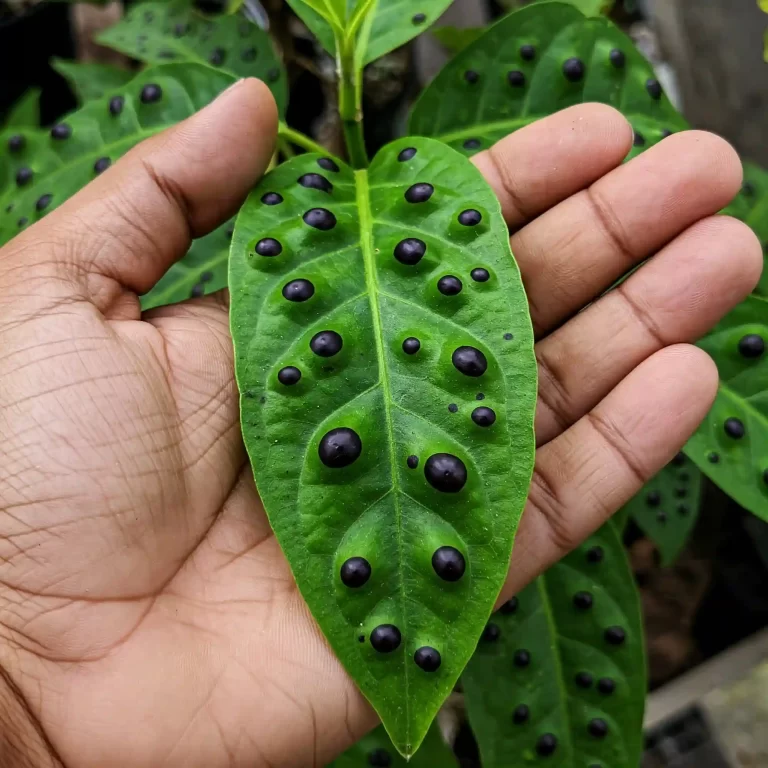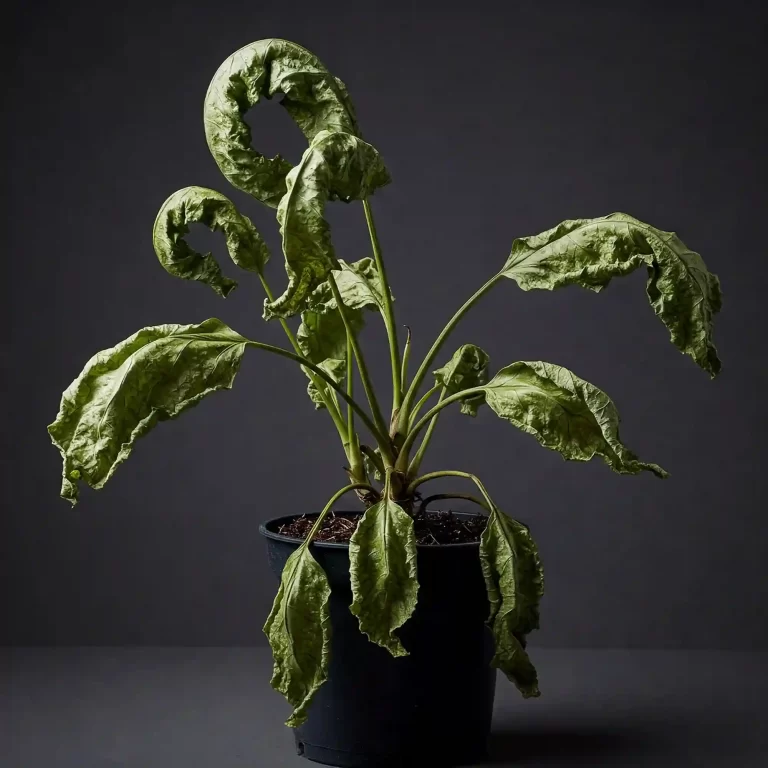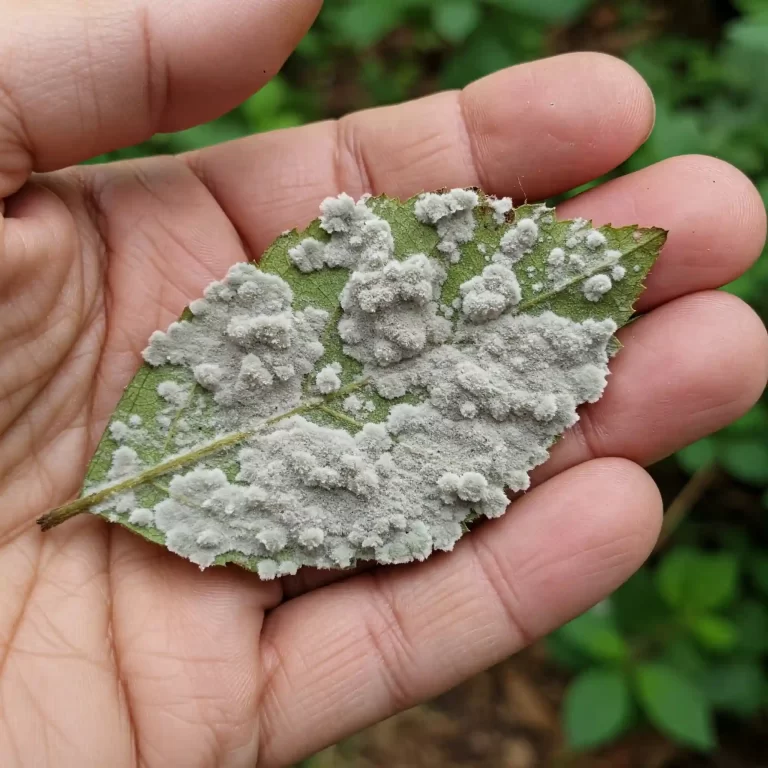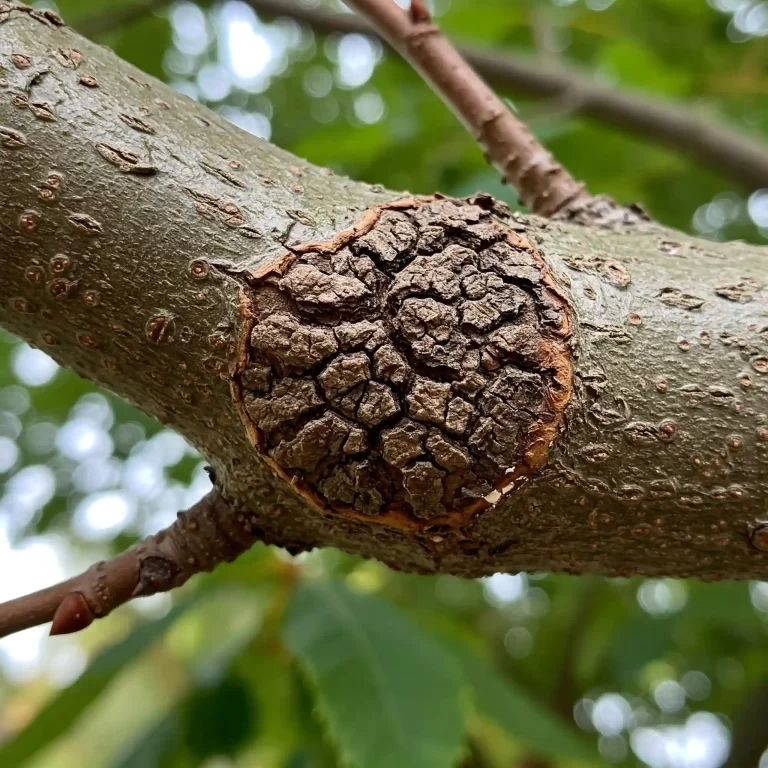| – Bear paw succulent (Cotyledon tomentosa) is a cute and fuzzy plant that resembles the paws of a bear. |
| – It needs bright but indirect light, well-draining soil, and infrequent watering to thrive. |
| – It is not cold hardy and can be damaged by frost. It prefers a warm and dry climate. |
| – It does not need much fertilizer, but can benefit from a diluted or slow-release fertilizer once or twice a year. |
| – It does not need to be repotted very often, but can be repotted every two to three years in a slightly larger pot and fresh soil. |
| – It does not require much pruning, but can be pruned to remove dead or damaged leaves. |
| – It can be propagated from stem or leaf cuttings, by letting them dry and planting them in moist soil. |
| – It can suffer from common problems such as overwatering, underwatering, sunburn, and pests. These can be prevented and treated by following the proper care guidelines and using natural or chemical remedies. |
Have you ever seen a plant that looks like a bear’s paw? If not, you’re in for a treat! Bear paw succulent, also known as Cotyledon tomentosa, is a cute and fuzzy plant that resembles the paws of a bear. It is easy to grow and care for, as long as you follow some basic guidelines. In this article, we will show you how to do that, and more.
By the end of this article, you will learn everything you need to know about bear paw plant care, including the optimal conditions, watering, fertilizing, repotting, pruning, and propagating methods for this plant. You will also discover how to avoid common problems and solutions for this plant, such as overwatering, underwatering, sunburn, and pests.
So, are you ready to get your hands dirty and learn how to grow and care for bear paw succulent? Let’s dive right in!
Light
Bear paw succulent loves to bask in the sun, but not too much. It can get sunburnt easily, just like us. Its leaves can turn crispy and crunchy, like potato chips. You don’t want that, do you? You want your bear paw to be soft and fuzzy, like a teddy bear.
That’s why bear paw succulent needs bright but indirect light to thrive. Too much direct sunlight can burn its delicate leaves, while too little light can cause it to stretch and lose its shape. You can place it near a south-facing window or in a bright spot where it gets at least six hours of filtered light per day. If you notice brown spots, yellowing, or curling on the leaves, it may be a sign of sunburn. You can prevent and treat sunburn by moving the plant to a shadier spot, watering it more frequently, and trimming off the damaged parts.
Here is a table that summarizes the light requirements for bear paw succulent:
| Light Requirement | Description |
|---|---|
| Bright but indirect light | At least 6 hours of filtered light per day |
| Avoid direct sunlight | Can cause sunburn and leaf damage |
| Signs of too much light | Brown spots, yellowing, curling, wilting |
| Signs of too little light | Stretching, legginess, pale color, weak growth |
| How to prevent and treat sunburn | Move to a shadier spot, water more frequently, trim off damaged parts |
Water
Bear paw succulent is like a camel, it can store water in its leaves and survive long periods of drought. But it is also like a sponge, it can absorb too much water and become soggy and mushy. You don’t want that, do you? You want your bear paw to be plump and firm, like a juicy peach.
That’s why bear paw succulent is sensitive to overwatering, which can cause root rot and leaf drop. You should water it only when the soil is completely dry, or once every week to every two weeks for outdoor plants. Avoid getting the leaves wet, as this can cause fungal infections. Use a pot or container with drainage holes and a well-draining soil mix, such as cactus soil or a mixture of coarse sand and perlite. Water the plant thoroughly until the water drains out of the bottom, and discard any excess water in the saucer. The best time to water is in the morning or evening, when the temperature is cooler and the sun is less intense.
Here is a table that summarizes the water requirements for bear paw succulent:
| Water Requirement | Description |
|---|---|
| Water only when soil is dry | Once every week to every two weeks for outdoor plants |
| Avoid overwatering | Can cause root rot and leaf drop |
| Avoid getting leaves wet | Can cause fungal infections |
| Use well-draining soil and pot | Cactus soil or a mixture of coarse sand and perlite, pot with drainage holes |
| Water thoroughly and discard excess water | Water until water drains out of the bottom, discard any water in the saucer |
| Best time to water | Morning or evening, when temperature is cooler and sun is less intense |
Temperature
Bear paw succulent is not a fan of the cold. It can shiver and shrivel in the frost, just like us. Its leaves can turn black and fall off, like burnt toast. You don’t want that, do you? You want your bear paw to be warm and cozy, like a fluffy blanket.
That’s why bear paw succulent is not cold hardy and can be damaged by frost. It prefers a warm and dry climate, with temperatures above 30°F (-1°C). If you live in a cold area, you should bring your bear paw indoors during the winter or cover it with a frost cloth. You should also avoid watering it during cold weather, as this can stress the plant and make it more susceptible to freezing.
Here is a table that summarizes the temperature requirements for bear paw succulent:
| Temperature Requirement | Description |
|---|---|
| Above 30°F (-1°C) | Optimal range for growth and health |
| Avoid frost | Can cause leaf damage and death |
| Bring indoors or cover during winter | Protect from cold and wind |
| Avoid watering during cold weather | Can stress the plant and increase freezing risk |
Fertilizer
Bear paw succulent is not a greedy plant. It can grow well in poor soil, without much fertilizer. But it is also not a picky plant. It can appreciate a little boost of nutrients, once in a while. You don’t want to starve your bear paw, do you? You want your bear paw to be happy and healthy, like a well-fed baby.
That’s why bear paw succulent does not need much fertilizer, but can benefit from a diluted or slow-release fertilizer once or twice a year. You can feed it during the spring or summer, when it is actively growing. Use a balanced fertilizer, such as 10-10-10, or a succulent-specific fertilizer, and follow the instructions on the label. Do not fertilize it during the fall or winter, as this can encourage leggy growth and reduce its cold tolerance.
Here is a table that summarizes the fertilizer requirements for bear paw succulent:
| Fertilizer Requirement | Description |
|---|---|
| Once or twice a year | During spring or summer, when actively growing |
| Diluted or slow-release fertilizer | Balanced or succulent-specific fertilizer, follow label instructions |
| Avoid fertilizing during fall or winter | Can cause leggy growth and lower cold tolerance |
Repotting
Bear paw succulent is not a fast-growing plant. It can stay in the same pot for a long time, without much fuss. But it is also not a stagnant plant. It can outgrow its pot eventually, and need more space. You don’t want to suffocate your bear paw, do you? You want your bear paw to have room to breathe and grow, like a free spirit.
That’s why bear paw succulent does not need to be repotted very often, but can be repotted every two to three years in a slightly larger pot and fresh soil. The best time to repot it is in the spring, when it is actively growing. Be careful not to damage its fragile leaves when handling it. Use a well-draining soil mix, such as cactus soil or a mixture of coarse sand and perlite, and a pot with drainage holes. Water the plant well after repotting, and place it in a bright spot.
Here is a table that summarizes the repotting requirements for bear paw succulent:
| Repotting Requirement | Description |
|---|---|
| Every two to three years | In a slightly larger pot and fresh soil |
| Best time to repot | Spring, when actively growing |
| Be careful not to damage leaves | Handle with gentle care |
| Use well-draining soil and pot | Cactus soil or a mixture of coarse sand and perlite, pot with drainage holes |
| Water well and place in a bright spot | Help the plant adjust to the new pot |
Pruning and Propagation
Bear paw succulent is not a messy plant. It does not shed its leaves or branches, unless they are damaged or diseased. But it is also not a perfect plant. It can have some dead or damaged leaves, that need to be removed. You don’t want to ignore your bear paw, do you? You want your bear paw to look neat and tidy, like a well-groomed pet.
That’s why bear paw succulent does not require much pruning, but can be pruned to remove dead or damaged leaves. You can use a sharp and sterile knife or scissors to cut off the unwanted parts, and dispose of them properly. Pruning can also help to shape the plant and encourage new growth. The best time to prune is in the spring, when the plant is actively growing.
But what if you want more bear paws? What if you want to share your bear paw with your friends and family? What if you want to create a whole army of bear paws? Well, you can do that too, by propagating your bear paw succulent from stem or leaf cuttings. Propagating is a fun and easy way to multiply your plants and create new ones.
Here is how you can propagate your bear paw succulent from stem or leaf cuttings:
- Choose a healthy and mature plant, and select a stem or leaf that you want to propagate. Make sure the stem or leaf is not damaged or diseased, and has at least two or three nodes or segments.
- Use a sharp and sterile knife or scissors to cut off the stem or leaf, and let it dry for a few days in a shaded and well-ventilated area. This will allow the cut end to form a callus, which will prevent rotting and infection.
- Prepare a pot or container with drainage holes and a well-draining soil mix, such as cactus soil or a mixture of coarse sand and perlite. Moisten the soil slightly, but not too much.
- Plant the stem or leaf cutting in the soil, with the cut end facing down. For stem cuttings, bury the lower node or segment in the soil. For leaf cuttings, lay the leaf flat on the soil surface, or insert the cut end slightly into the soil.
- Place the pot or container in a bright but indirect light, and water sparingly, only when the soil is dry. Do not overwater or get the leaves wet, as this can cause rotting and fungal infections.
- Wait patiently for the stem or leaf cutting to root and produce new plants. This can take anywhere from a few weeks to a few months, depending on the temperature, light, and humidity. You can check the progress by gently tugging on the cutting, and feeling for resistance. You may also see tiny roots or baby plants emerging from the soil or the leaf.
- Once the new plants are established, you can transplant them to their own pots or containers, and care for them as usual.
Here is a list of the steps for propagating bear paw succulent from stem or leaf cuttings:
- Choose a healthy and mature plant, and select a stem or leaf that you want to propagate
- Cut off the stem or leaf, and let it dry for a few days
- Prepare a pot or container with drainage holes and a well-draining soil mix
- Plant the stem or leaf cutting in the soil, with the cut end facing down
- Place the pot or container in a bright but indirect light, and water sparingly
- Wait for the stem or leaf cutting to root and produce new plants
- Transplant the new plants to their own pots or containers
Conclusion
Congratulations, you have reached the end of this article, and learned everything you need to know about bear paw plant care. You have discovered the optimal conditions, watering, fertilizing, repotting, pruning, and propagating methods for this plant. You have also learned how to avoid common problems and solutions for this plant, such as overwatering, underwatering, sunburn, and pests.
Now, you are ready to grow and care for your own bear paw succulent, and enjoy its cute and fuzzy appearance. You can also share your bear paw with your friends and family, or create more bear paws by propagating them from stem or leaf cuttings. You can also experiment with different varieties and cultivars of bear paw succulent, and see how they differ in size, shape, color, and fuzziness.
We hope you enjoyed this article, and found it useful and informative. If you have any questions, comments, or feedback, feel free to leave them below. We would love to hear from you, and help you with your bear paw plant care journey.
Thank you for reading, and happy gardening!



